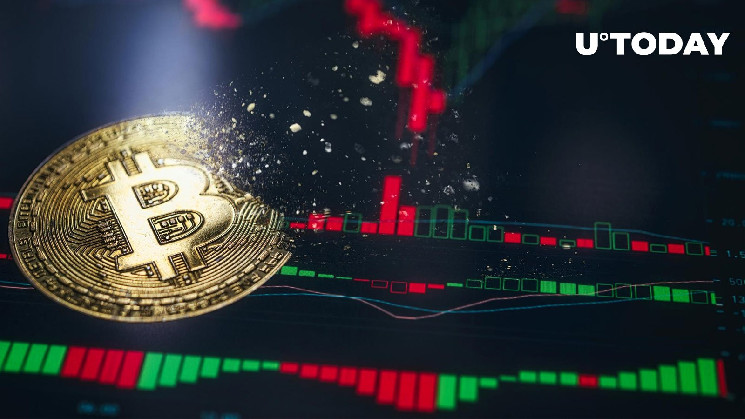The Bitcoin halving schedule for 2024 becomes crucial amid the aftermath of the 2022 crypto winter and the 2023 economic downturn. By curbing BTC creation, it gradually limits Bitcoin’s supply, akin to the scarcity seen in gold.
The total supply of Bitcoin is capped at 21 million, with slightly over 19 million already mined. This leaves just under 2 million Bitcoins left to be created. Here’s what to expect from the Bitcoin halving in April 2024.
Winter’s gone?
Bitcoin experienced a significant rally in 2023, witnessing a remarkable surge of approximately 152% throughout the year. This surge came after a turbulent period in 2022, during which Bitcoin faced challenges such as the collapse of prominent projects, liquidity problems and several high-profile bankruptcies, following its record high in 2021.
The recent rally in cryptocurrency prices has lifted businesses out of stagnation, prompting mining companies to accelerate profit-making efforts ahead of Bitcoin’s halving event. As the next halving approaches, rewards for producing Bitcoins will be halved, prompting a rush among miners to secure profits.
How does it work?
Bitcoin mining involves the rewarding process of verifying and adding new transactions into blocks using computational work. Miners ensure the uniformity, currency and immutability of the blockchain ledger, receiving newly created coins in return.
Bitcoin’s inception in 2009 marked a reward of 50 Bitcoins per block for miners. This halved to 25 Bitcoins per block in November 2012, known as the second reward era. Bitcoin halvings occur every 210,000 blocks, reducing the reward offered to miners by half. These events are programmed to manage Bitcoin’s supply and demand dynamics, aligning with its preprogrammed features.
Reduced rewards pose financial challenges, especially for those heavily reliant on mining income. The fixed supply of Bitcoin exacerbates this issue, potentially leading to bankruptcy if rewards decrease without corresponding increases in transaction fees or Bitcoin value. Additionally, increasing competition for mining creates scarcity, driving up Bitcoin prices but making mining less profitable.
Miners cashing in
Bitcoin’s hashrate, which measures the computational power required for mining, has surged to an all-time high. This indicates that miners are employing increasingly significant resources to solve complex mathematical puzzles and earn Bitcoins.
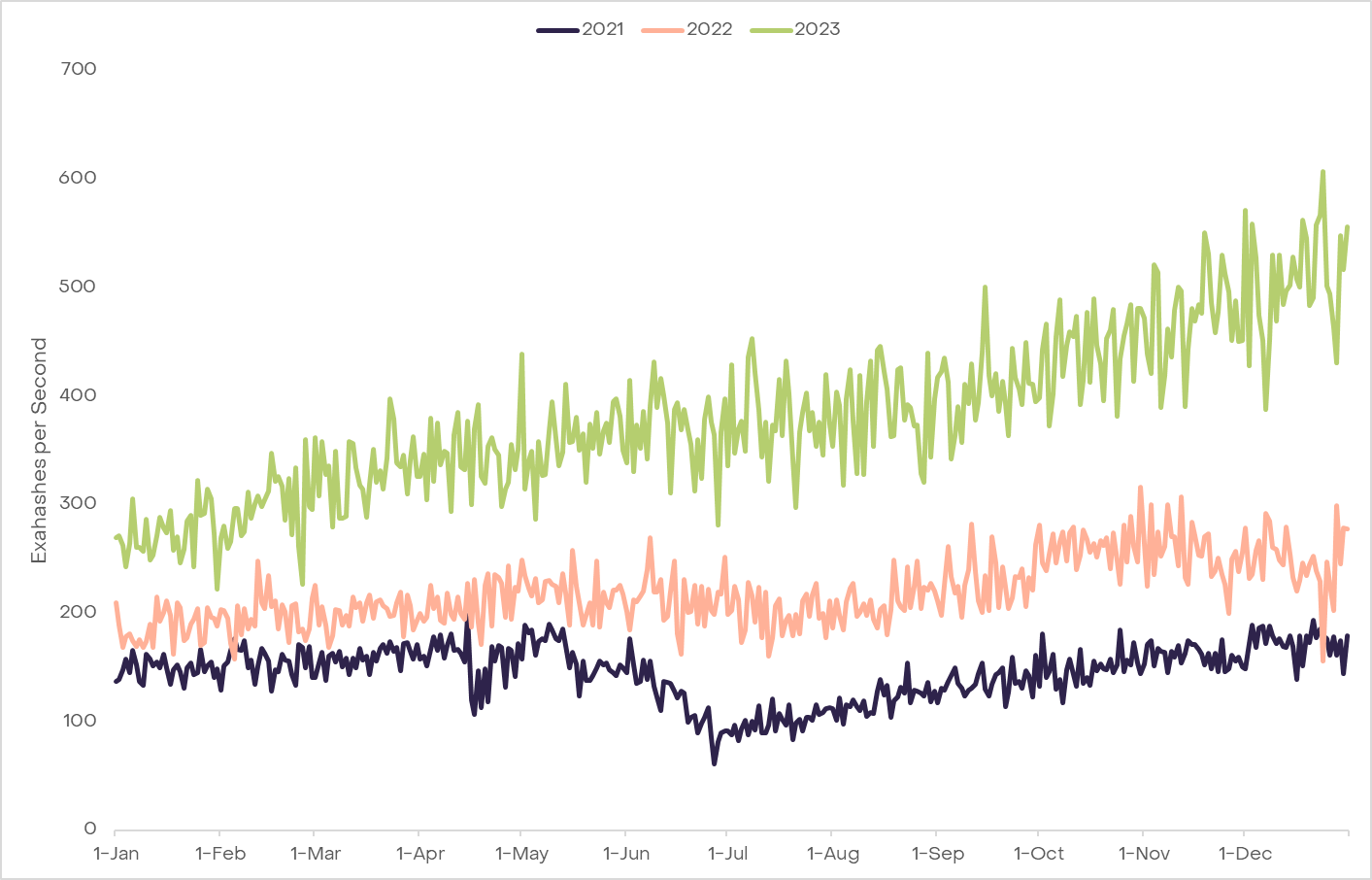
Historical data on hashrate suggests that miners tend to ramp up their capital expenditure to maintain competitiveness ahead of the halving. This Bitcoin rush results in increased mining difficulty in the months preceding the event. Consequently, miners who cannot keep up with the higher production costs are forced out of the market.
According to Grayscale, in Q4, 2023, there was a noticeable trend of miners selling their Bitcoin holdings on-chain, likely to build liquidity ahead of the reduction in block rewards. These measures suggest that Bitcoin miners are well-equipped to handle the upcoming challenges, at least in the short term.
Even if some miners exit the market, the resulting decrease in hashrate could lead to adjustments in mining difficulty, potentially reducing the cost per coin for remaining miners and maintaining the network’s stability.
Historic price movements
Historically, Bitcoin prices have surged following halving events. After the first halving in 2012, the price skyrocketed from $12 to $126 within six months. Similarly, following the second halving in 2016, Bitcoin’s price surged from $654 to $1,000 within seven months. In 2020, after the third halving, the price surged from $8,570 to $18,040 in the same time period.
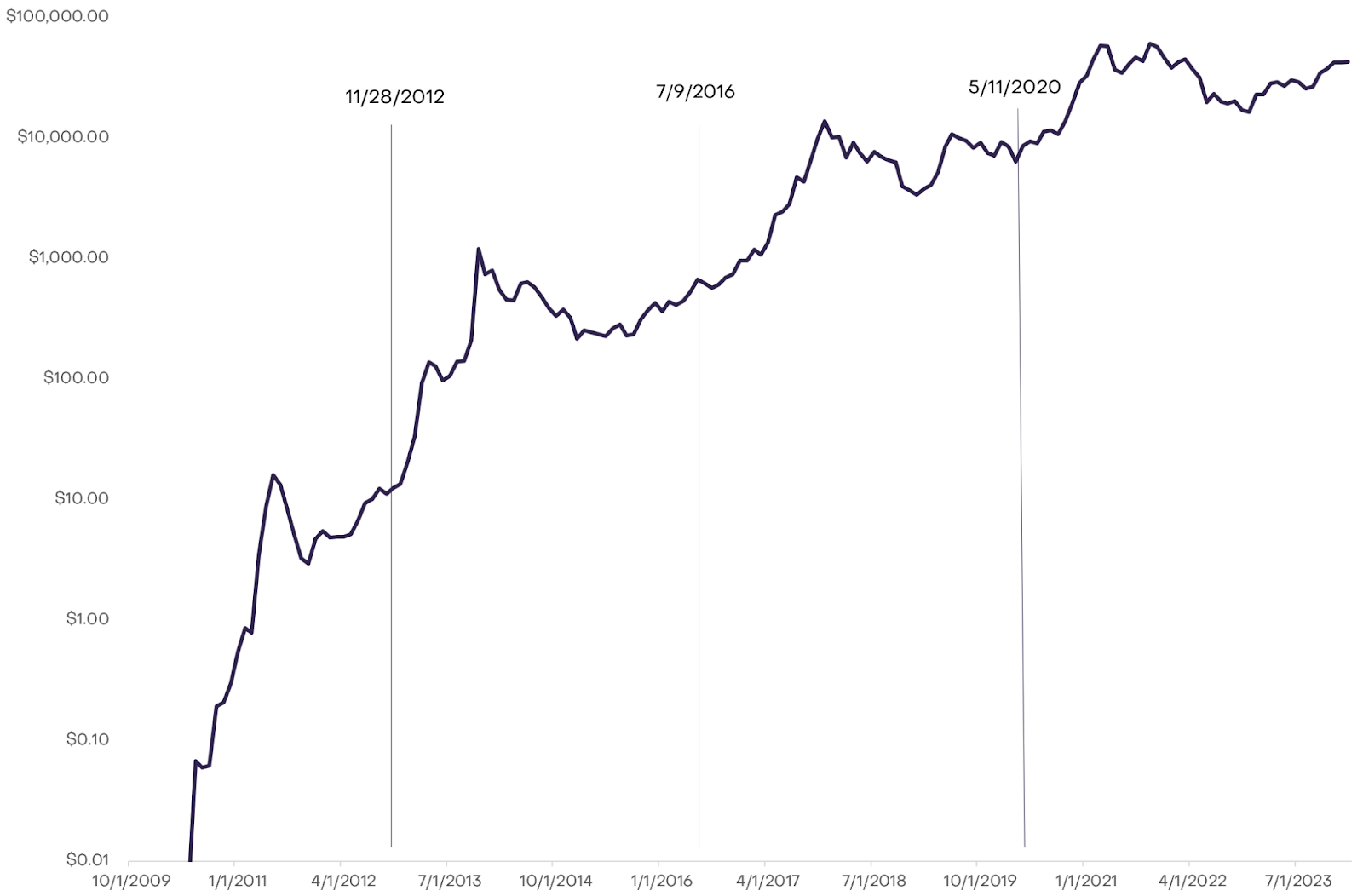
While initial apprehension may prompt some investors to sell off their Bitcoin holdings, renewed interest in the currency is expected to follow. The law of supply and demand will likely stabilize the market, potentially leading to a rebound in Bitcoin prices after an initial drop.
2024 is different
A recent study by Coinbase highlights the rising institutional interest in crypto assets, signaling a shift toward more mature market behavior. This trend is characterized by decreasing volatility and a rising inclination toward sophisticated investment strategies. This transition signifies a new era in crypto investment, with institutional players moving beyond mere speculation toward adopting strategic, long-term positions.
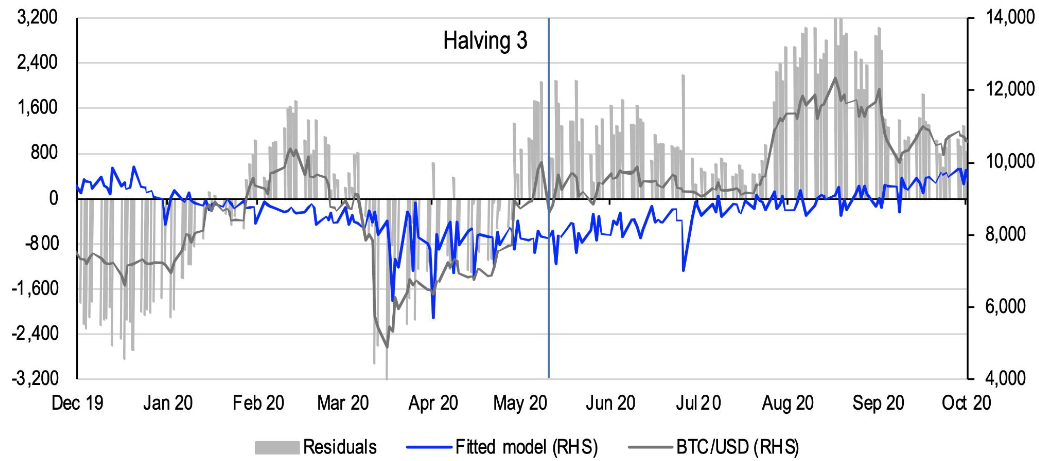
As Grayscale points out, the upcoming Bitcoin halving in April 2024 is anticipated to differ significantly from previous events due to increased on-chain activity and positive market updates. Factors shaping this event include:
- Miners’ proactive measures to raise funds, such as equity offerings and reserve sales, may help offset revenue challenges.
- Potential adjustments in mining difficulty, driven by changes in hashrate, could benefit remaining miners by reducing production costs.
- The rise of Inscriptions has boosted on-chain activity, with millions of token collectibles generating substantial transaction fees for miners.
- Inscription activity offers a new avenue to maintain network security through increased transaction fees as block rewards decrease.
- The ongoing adoption of Bitcoin ETFs may absorb selling pressure and positively impact Bitcoin’s market structure by providing a stable demand source.
The latter might be a significant factor. U.S. spot Bitcoin ETFs have quickly absorbed significant investment, with initial net flows totaling about $1.5 billion in the first 15 trading days. These inflows, equivalent to three months’ worth of potential post-halving sell pressure, hint at the potential for mainstream adoption.
Angel investor Anthony Pompliano suggested that the recent milestone of $50,000 for Bitcoin is not its ultimate peak because of Wall Street interest. He suggested that as Bitcoin continues to climb, individual holders will begin to sell their BTC, leading to increased demand from Wall Street funds eager to capitalize on the cryptocurrency’s upward trajectory.
$50,000.
The price has to go higher to get bitcoiners to sell their bitcoin to Wall Street and satisfy the increased demand.
— Pomp 🌪 (@APompliano) February 12, 2024
What to expect in 2024?
The upcoming halving will reduce the rate of new BTC entering the market, dropping rewards from 6.25 to 3.125 BTC. This change may push miners to improve efficiency to sustain profitability. Consequently, we can expect advancements in mining hardware, aiming for rigs that are more energy-efficient and powerful to adapt to the reduced rewards.
Crypto analyst Ali Martinez recently sparked optimism in the cryptocurrency community with a tweet suggesting that the forthcoming Bitcoin halving could fuel an extended period of bullish trends for the leading digital asset.
#Bitcoin design around four-year cycles, driven by its #halving events, often mirrors its price action.
Historically, this translates to 3 years of bullish trends followed by 1 year of bearish correction. As per this cycle, $BTC is in an upward phase, potentially extending… pic.twitter.com/7B4sIpiWH8
— Ali (@ali_charts) December 29, 2023
According to a report by Coinbase, the next halving could potentially boost Bitcoin’s performance, but it also emphasizes that the limited historical data makes outcomes somewhat speculative. With only three halving events historically, a clear pattern has yet to fully emerge, especially considering factors such as global liquidity measures that have influenced previous events.
Global liquidity seems to have peaked in the near term, and with another 9-10 months until the next halving, it remains uncertain what the overall effect on Bitcoin’s price behavior might be in the future.
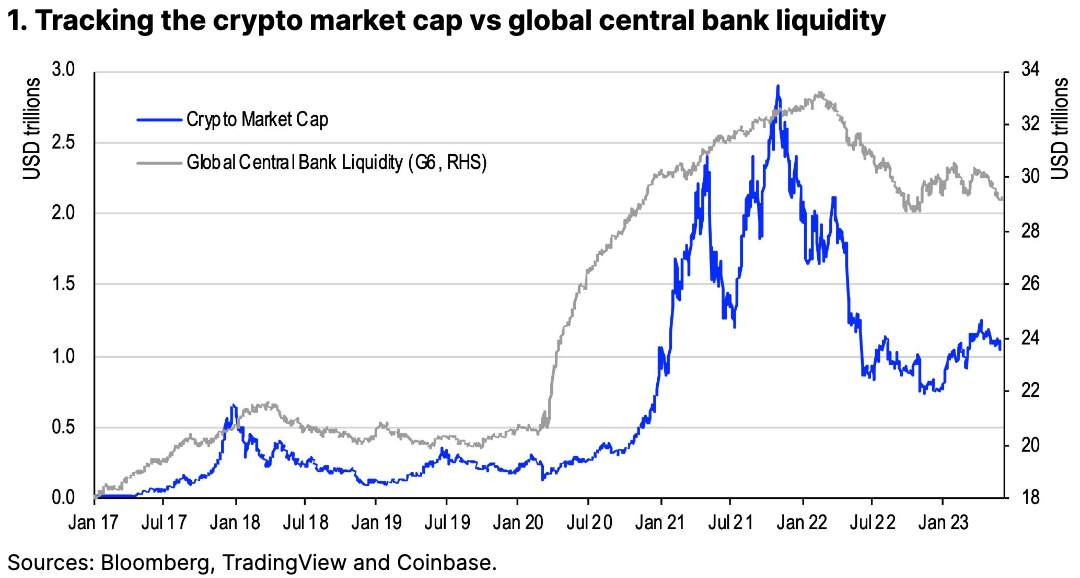
Cryptocurrency analyst Benjamin Cowen elaborated that the early halving-year pattern for Bitcoin typically sees it hitting the bull market support band (comprising the 20-week SMA and 21-week EMA) in January or February of the halving year.
#Bitcoin early halving year pattern –
Bitcoin has always gone to the bull market support band (20W SMA and 21W EMA) in Jan/Feb of the halving year.
Will this time be different? pic.twitter.com/SgE2PjtCZ9
— Benjamin Cowen (@intocryptoverse) January 17, 2024
Bitcoin has defied bearish market conditions, showcasing remarkable resilience and evolution over the past year. Despite challenges, it has surged in on-chain activity, strengthened its market structure and emphasized its scarcity, challenging outdated perceptions and emerging stronger than ever.
Curb your enthusiasm
It is vital to recognize that a surge in the Bitcoin price following a halving event is not guaranteed. The highly anticipated nature of these events implies that if a price increase were certain, rational investors would likely buy in advance, potentially driving up the price before the halving. The experience of other cryptocurrencies, which have not consistently seen price appreciation post-halving, suggests that while scarcity may impact the price, other factors are also influential.

